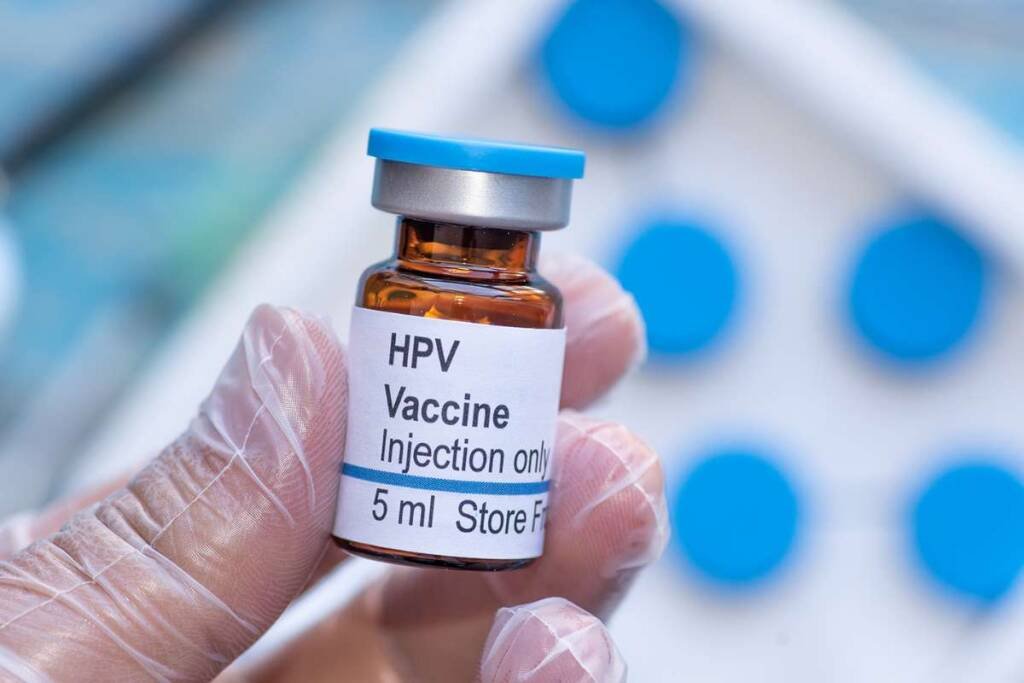New research findings have shed light on the widespread prevalence of genital human papillomavirus (HPV) infections among men globally. A comprehensive meta-analysis of scientific literature from the mid-1990s to 2022 has revealed that nearly one in three men worldwide carries at least one strain of genital HPV. Even more concerning is that one in five men are hosting strains that pose a significant risk of causing cancer.
These findings have reignited the call for the inclusion of men in global HPV vaccination initiatives. The study’s results underscore that men over the age of 15 are highly susceptible to HPV, indicating that sexually active men act as a reservoir for HPV infections. Immunizing men could thus play a crucial role in the collective effort to eradicate cervical cancer and other HPV-associated diseases.
Presently, HPV vaccination in certain countries, such as the UK, is available for girls and boys aged 12 to 13, born after specific dates. Additionally, gay, bisexual, and other men who have sex with men (MSM) up to 45 years old are also eligible for vaccination.
However, the global scenario is marked by unequal access to vaccination. Last year, only 45 countries included men in their HPV vaccination programs, while the majority primarily targeted women. A decline in HPV vaccine uptake has been witnessed recently, attributed partly to the COVID-19 pandemic and access challenges, particularly in low- and middle-income nations.
Apart from causing cervical cancer, HPV is also linked to anal, genital, oral, mouth, and head and neck cancers, as well as anogenital warts that contribute to transmission rates and substantial morbidity.
The analysis revealed an overall genital HPV infection prevalence of 31%, with 21% carrying high-risk strains, with HPV-16 emerging as the most common variant.
Notably, HPV prevalence was highest among men aged 25 to 29, remaining elevated until the age of 50. The 15 to 19 age group also exhibited high prevalence, indicating that young men are rapidly contracting HPV following their initial sexual activity.
Since its inception in 2006, six licensed HPV vaccines, including MSD’s Gardasil series and GSK’s Cervarix, have been introduced globally.
Currently, the World Health Organization (WHO) recommends HPV vaccination for girls aged nine to 14 as the primary target, with other groups like older girls, males, and MSM recommended for vaccination if feasible and without diverting resources from the primary target population.
The WHO estimates that adherence to its recommendations could prevent 60 million cases of cervical cancer and 45 million related deaths over the next century. These findings underscore the urgency of expanded vaccination efforts to combat the widespread impact of HPV infections and related diseases.





























